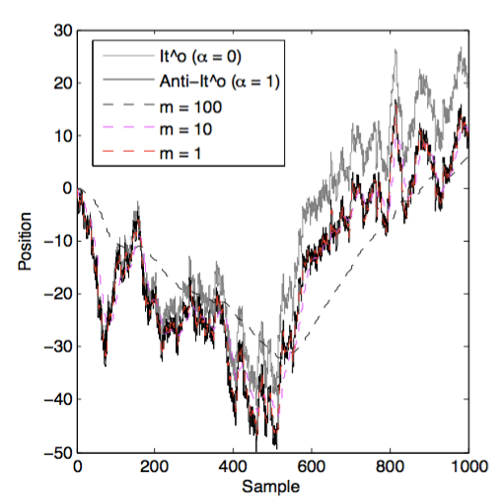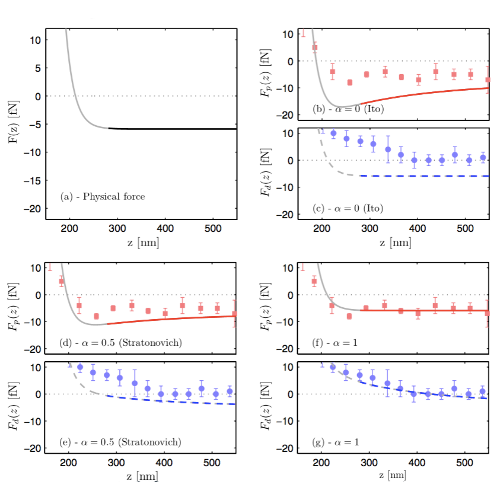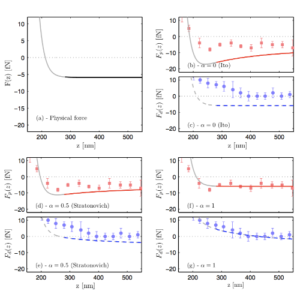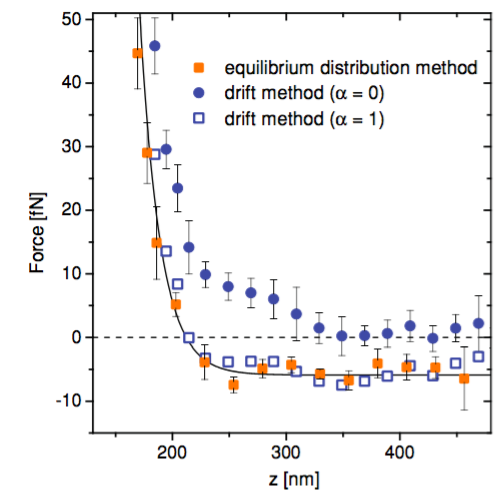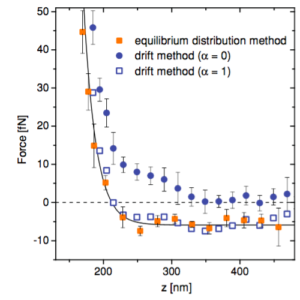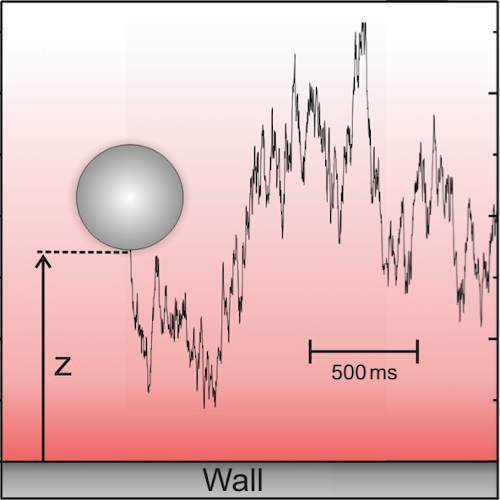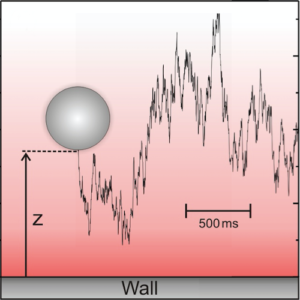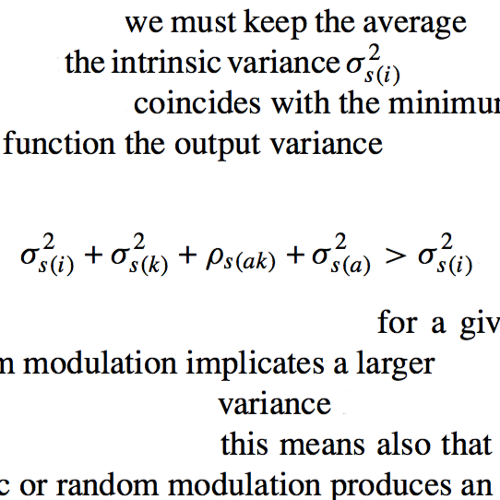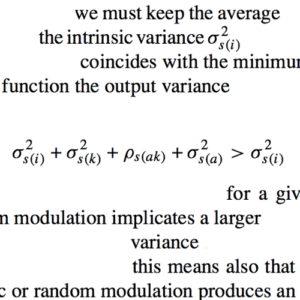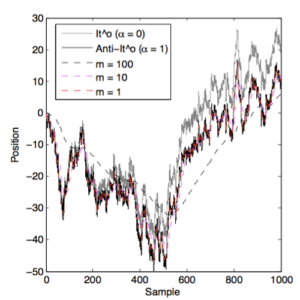
Noise-induced drift in stochastic differential equations with arbitrary friction and diffusion in the Smoluchowski-Kramers limit
Scott Hottovy, Giovanni Volpe & Jan Wehr
Journal of Statistical Physics 146(4), 762—773 (2012)
DOI: 10.1007/s10955-012-0418-9
arXiv: 1112.2607
We consider the dynamics of systems with arbitrary friction and diffusion. These include, as a special case, systems for which friction and diffusion are connected by Einstein fluctuation-dissipation relation, e.g. Brownian motion. We study the limit where friction effects dominate the inertia, i.e. where the mass goes to zero (Smoluchowski-Kramers limit). Using the Itô stochastic integral convention, we show that the limiting effective Langevin equations has different drift fields depending on the relation between friction and diffusion. Alternatively, our results can be cast as different interpretations of stochastic integration in the limiting equation, which can be parametrized by α∈ℝ. Interestingly, in addition to the classical Itô (α=0), Stratonovich (α=0.5) and anti-Itô (α=1) integrals, we show that position-dependent α=α(x), and even stochastic integrals with α∉[0,1] arise. Our findings are supported by numerical simulations.
